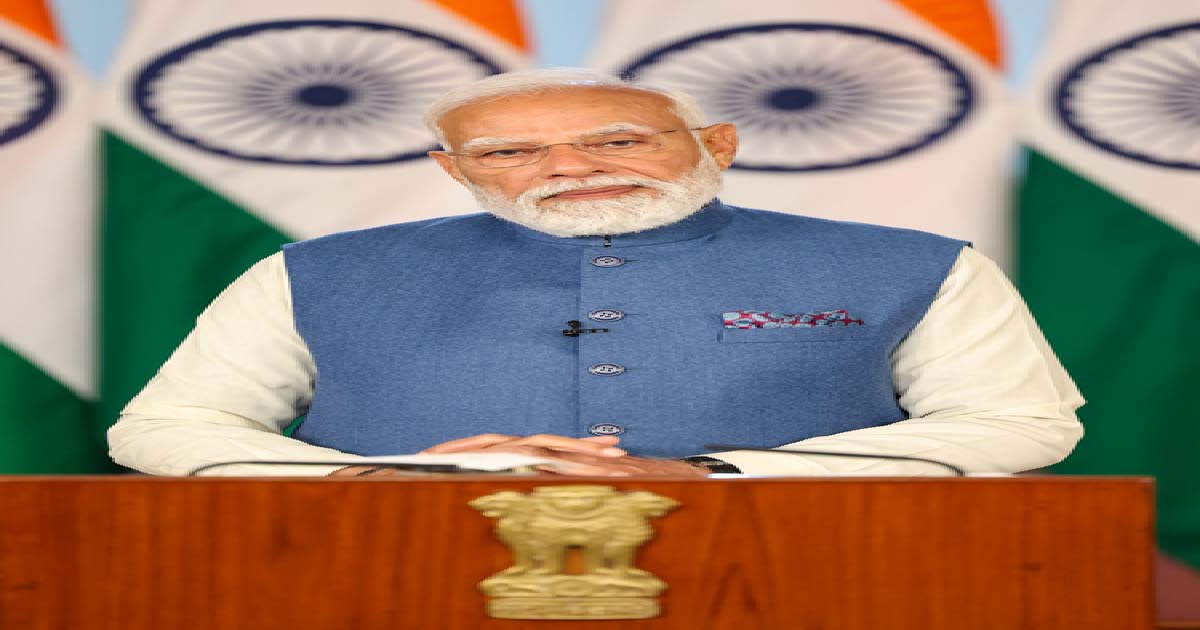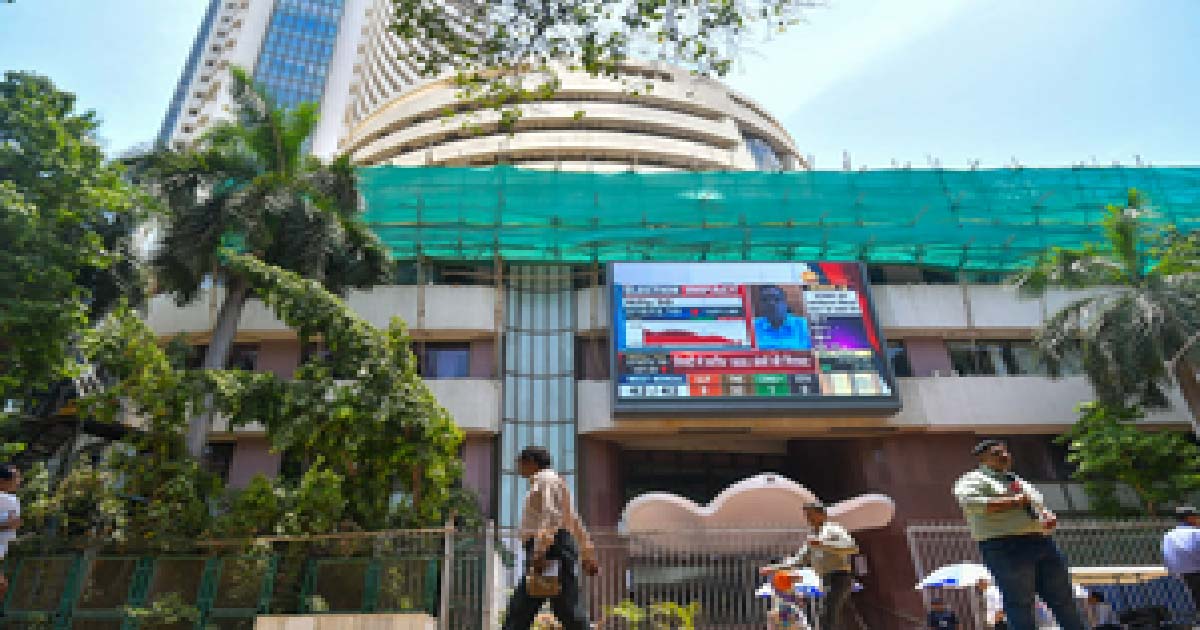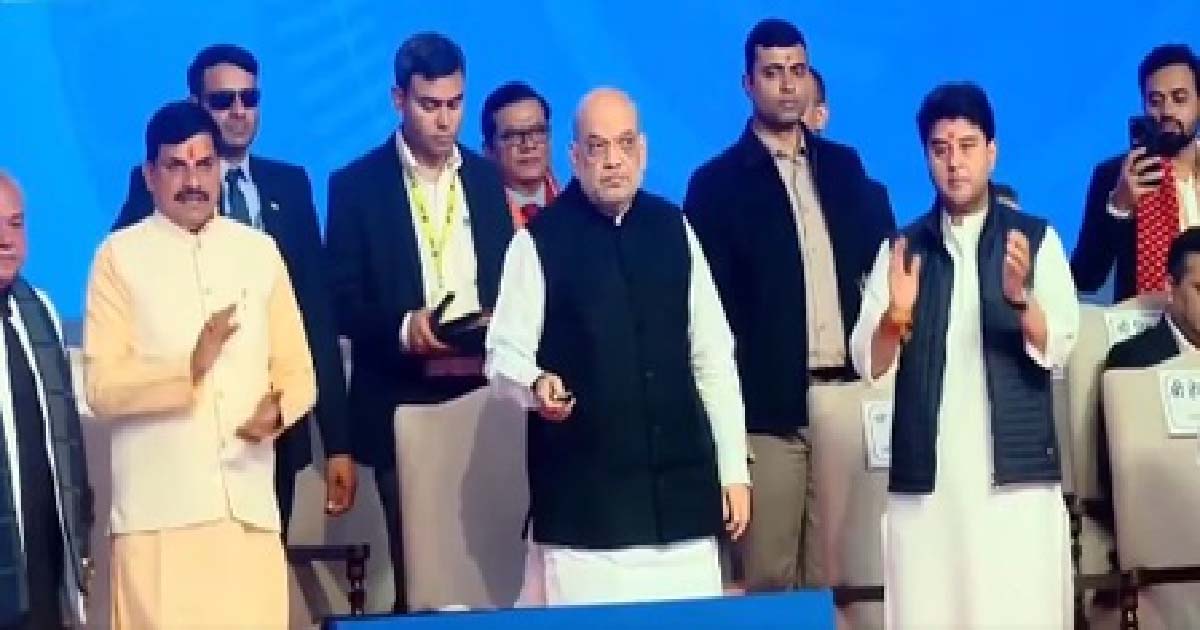Business
‘Gold and Silver for medium to long term as investment’

With uncertainties in the world – economics and geopolitics – investors having medium to long term outlook can have gold and silver in their portfolio, said Motilal Oswal Financial Services Ltd.
A 20 per cent allocation to gold exchange traded funds (ETF) in an investment portfolio during Diwali is ideal, said Quantum AMC.
Geopolitics, Central banks action and inflationary concerns are themes that are not only driving precious metals, but also triggering volatility in other asset classes, said Motilal Oswal in a report.
The US Federal Reserve is rushing to raise interest rates at an aggressive pace with an objective to tame inflation.
On the other hand, geo-political tensions between Russia-Ukraine and other economies continue to increase distress in the economy.
All this is raising questions regarding pace of global growth, institutions like IMF have also lowered their projections on the same.
Pointing out India as one of the largest consumers of gold and silver, Motilal Oswal said there has been a lot of development especially on the domestic front which are supporting prices.
“Government initiatives like, setting up GIFT city, signing an FTA (free trade agreement) between UAE and India, (implies that about 200 tonnes of gold will be imported from UAE at 1 per cent tariff rate quota-TRQ) and changes in import duty,” the company said.
This year macro factors will have an upper hand over the move in metal prices, as tighter monetary policy scenario is not a great phase for non-yielding asset gold, the report said.
The gold price trend is caught between the tussle of bulls and bears.
Extreme negatives do trigger bargain buying for gold and so it is important for medium to long term investors to see a broader picture, Motilal Oswal said.
Except for a few dips, the overall trend for gold has remained positive, and the returns also are quite decent, the company added.
The company has suggested accumulation of gold at Rs 46,800-Rs 47,500 with a medium term target of Rs 53,000 and a long term target of Rs 58,000 with an expected upside of 8-17 per cent.
In the case of silver, Motilal Oswal said the accumulation zone will be Rs 53,500-Rs 54,000 with a medium term target of Rs 64,500 and a long term target of Rs 73,000 with an expected upside of 13-28 per cent.
According to Quantum AMC, the correction in the gold prices from the peak has made the metal affordable this festive season.
“To make the most of the correction, we recommend investing in efficient products such as gold ETFs (exchange traded funds) to maximize the benefits,” Quantum AMC said.
Owning physical gold comes with additional costs such as making charges, retail premiums, storage concerns, and lower buyback value.
On its part, Emkay Global Financial Services in a report said the current weakness in gold may continue till there is more concrete information on the state of the economy in the major economies, especially against the background of an aggressive central bank trade-off unfavourable to growth and promoting stability.
Generally, gold is considered as a hedge against inflation but this time around it does not seem so.
Business
Govt committed to boost ease of living, continue reform trajectory, says PM Modi

New Delhi, Dec 26: Prime Minister Narendra Modi on Friday said that his government is committed to boosting ‘Ease of Living’ and the reform trajectory will continue with even more vigour in the coming times.
Replying to a thread on X social media platform posted by the MyGovIndia handle, PM Modi said the government has worked towards the direction of empowering millions.
“Ours is a Government committed to boosting ‘Ease of Living’ and this thread below gives examples of how we have worked in that direction. Our reform trajectory will continue with even more vigour in the coming times,” the Prime Minister stated.
The MyGovIndia handle posted that the real test of reform is whether it reduces stress for people.
“2025 marked a clear shift in governance, with reforms focused on outcomes, not complexity. Simpler tax laws, faster dispute resolution, modern labour codes, and decriminalised compliance reduced friction for citizens and businesses alike. The emphasis was on trust, predictability, and long-term growth, showing how well-designed policy can quietly improve everyday life,” it wrote on the social media platform.
For millions of Indians, tax relief became real. Incomes up to Rs 12 lakh attract zero tax. Middle-class families now retain more of what they earn, giving them flexibility to spend, save and invest with greater confidence.
“A new tax law for a New India. Replacing the 1961 Income-tax Act, the Income Tax Act, 2025 streamlines compliance and brings clarity, transparency, and fairness to the direct tax system, making it more taxpayer-friendly and aligned with today’s needs,” it further stated.
Small businesses can now grow without fear of losing benefits. Higher investment and turnover limits allow MSMEs to expand while retaining access to loans and tax incentives. This encourages scaling up, hiring more workers, and building stronger local enterprises, according to MyGovIndia.
Twenty-nine labour laws were simplified into four clear codes covering wages, safety, social security, and relations. Rights are clearer, compliance is easier, and women benefit from assured maternity and workplace protections, it added.
With streamlined tax slabs, easier registration, automated processes, and faster refunds, the next generation of GST reforms is improving the ease of doing business
“The impact is clear in record Diwali sales of Rs 6.05 trillion and the strongest Navratri shopping in over a decade,” it noted.
Business
Sensex, Nifty trade flat amid consolidation phase

Mumbai, Dec 26: Indian benchmark indices opened flat with a mild negative bias on Friday, as markets are apparently in the consolidation phase amid lack of major cues.
As of 9.30 am, Sensex edged down 83 points, or 0.09 per cent to 85,325 and Nifty eased 17 points, or 0.06 per cent to 26,124.
Main broadcap indices outperformed benchmark indices in terms of gains, with the Nifty Midcap 100 advanced 0.35 per cent, while the Nifty Smallcap 100 added 0.27 per cent.
Cipla, Dr Reddys Labs and ONGC were among the major gainers in the Nifty Pack, while losers included Shriram Finance, Bajaj Finance, Tata Steel, Max Healthcare and TCS.
Among sectoral gainers, the Nifty Consumer Durables index was the top performer, rising 0.4 per cent, followed by Nifty Metal and Nifty Chemicals, which gained 0.3 per cent each.
The Nifty could extend its advance toward resistance levels at 26,202 and 26,330, while 26,000 is expected to provide near-term support.
With only four trading days left in 2025, what seemed to be a Santa rally appears to be fading as markets apparently consolidates without new triggers like a US-India trade deal, analysts said.
US GDP growth of 4.3 per cent in Q3 2025 is imparting resilience to the US market and the rising profitability of US companies, including AI ones, may prompt other FIIs, particularly fleet-footed hedge funds, to increase their investments there, they added.
Sustained buying by the cash rich DIIs will support the market and prevent a sharp pull back, market watchers said, adding that a market rally in early 2026 is likely, and valuation should be the top investment consideration.
Asia-Pacific markets traded higher in the morning session, with several indexes closed for the Boxing Day holiday
In Asian markets, China’s Shanghai index advanced 0.17 per cent, and Shenzhen edged up 0.31 per cent, Japan’s Nikkei added 0.99 per cent, while Hong Kong’s Hang Seng Index gained 0.17 per cent. South Korea’s Kospi added 0.7 per cent.
The US markets ended mostly in the green zone on the last trading day, as Nasdaq advanced 0.22 per cent, the S&P 500 edged up 0.32 per cent, and the Dow moved up 0.6 per cent.
On December 24, foreign institutional investors (FIIs) sold equities worth Rs 1,721 crore, while domestic institutional investors (DIIs) were net buyers of equities worth Rs 2,381 crore.
Business
HM Shah lays foundation stone for 1,655 industrial units ensuring Rs 2 lakh crore investment in MP

Gwalior, Dec 25: Union Home and Cooperation Minister Amit Shah delivered an inspiring address at the ‘Abhyudaya Madhya Pradesh Growth Summit’ here on Thursday, marking the 101st birth anniversary of former Prime Minister and Bharat Ratna recipient Atal Bihari Vajpayee.
Speaking on the theme ‘Investment to Employment – Atal’s Resolve, a Bright Madhya Pradesh’, HM Shah hailed the state’s rapid transformation under the double-engine government, declaring that Madhya Pradesh is emerging as the growth engine of ‘Viksit Bharat’.
HM Shah lavished praise on Chief Minister Mohan Yadav for pioneering initiatives aimed at balanced regional development across the state.
He highlighted CM Yadav’s innovative approach of organising regional investment promotion events and ground-breaking ceremonies in every division, ensuring equitable growth and unlocking the untapped potential of all areas.
“Chief Minister Mohan Yadav has taken thoughtful steps to establish a strong foundation for all-round development through his regional investment committees,” he said, adding that these efforts surpass even the energetic pace set by previous long-serving BJP Chief Minister Shivraj Singh Chouhan.
The Home Minister emphasised the critical importance of symmetrical industrial establishment to leverage Madhya Pradesh’s strategic geographical location.
He pointed to the traditional strength of cotton production in the Malwa and Gwalior-Chambal regions, noting that declining farmer incomes due to unfair prices could be reversed by setting up processing and allied industries locally. This would minimise transportation costs, make cotton farming profitable again, and connect seamlessly to markets in Delhi, western states, and nearby districts.
HM Shah described the day’s massive investment push – with foundation stones laid for 1,655 industrial units worth over Rs 2 lakh crore, expected to create 193,000 jobs – as a fitting tribute to former Prime Minister Vajpayee’s vision of good governance and national progress.
Held in Vajpayee’s birthplace, the summit, he said, embodied the late leader’s ideology of self-reliance, development, and inclusive growth, giving it a grand resonance on this auspicious occasion.
HM Shah expressed hope for continued central support, promising that true welfare stems from aligning with Prime Minister Narendra Modi’s vision for a prosperous India. The event, attended by prominent industrialists and cabinet ministers, reinforced Madhya Pradesh’s commitment to converting investments into widespread employment and regional prosperity.
-

 Crime3 years ago
Crime3 years agoClass 10 student jumps to death in Jaipur
-

 Maharashtra1 year ago
Maharashtra1 year agoMumbai Local Train Update: Central Railway’s New Timetable Comes Into Effect; Check Full List Of Revised Timings & Stations
-

 Maharashtra1 year ago
Maharashtra1 year agoMumbai To Go Toll-Free Tonight! Maharashtra Govt Announces Complete Toll Waiver For Light Motor Vehicles At All 5 Entry Points Of City
-

 Maharashtra1 year ago
Maharashtra1 year agoFalse photo of Imtiaz Jaleel’s rally, exposing the fooling conspiracy
-

 National News1 year ago
National News1 year agoMinistry of Railways rolls out Special Drive 4.0 with focus on digitisation, cleanliness, inclusiveness and grievance redressal
-

 Maharashtra1 year ago
Maharashtra1 year agoMaharashtra Elections 2024: Mumbai Metro & BEST Services Extended Till Midnight On Voting Day
-

 National News1 year ago
National News1 year agoJ&K: 4 Jawans Killed, 28 Injured After Bus Carrying BSF Personnel For Poll Duty Falls Into Gorge In Budgam; Terrifying Visuals Surface
-

 Crime1 year ago
Crime1 year agoBaba Siddique Murder: Mumbai Police Unable To Get Lawrence Bishnoi Custody Due To Home Ministry Order, Says Report












